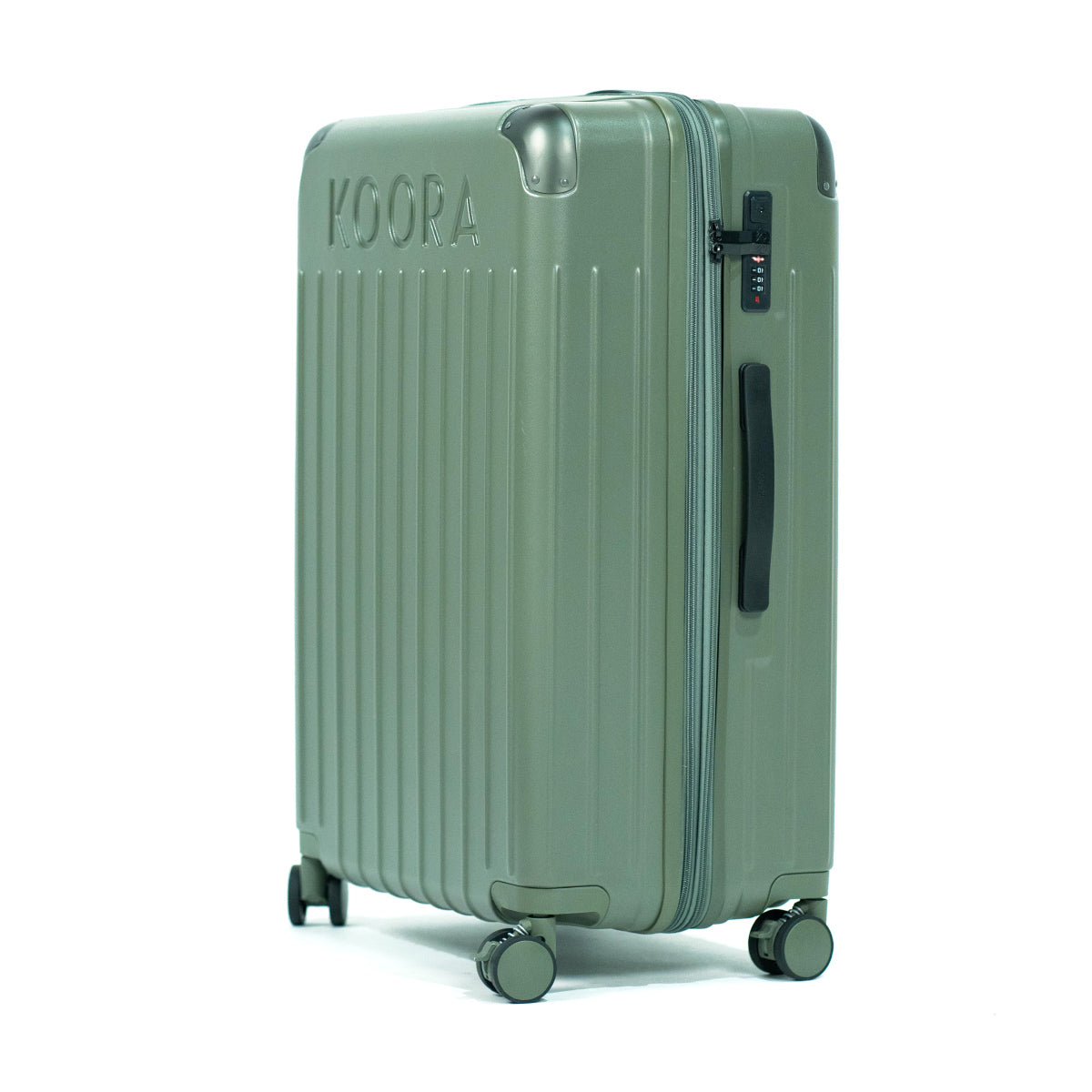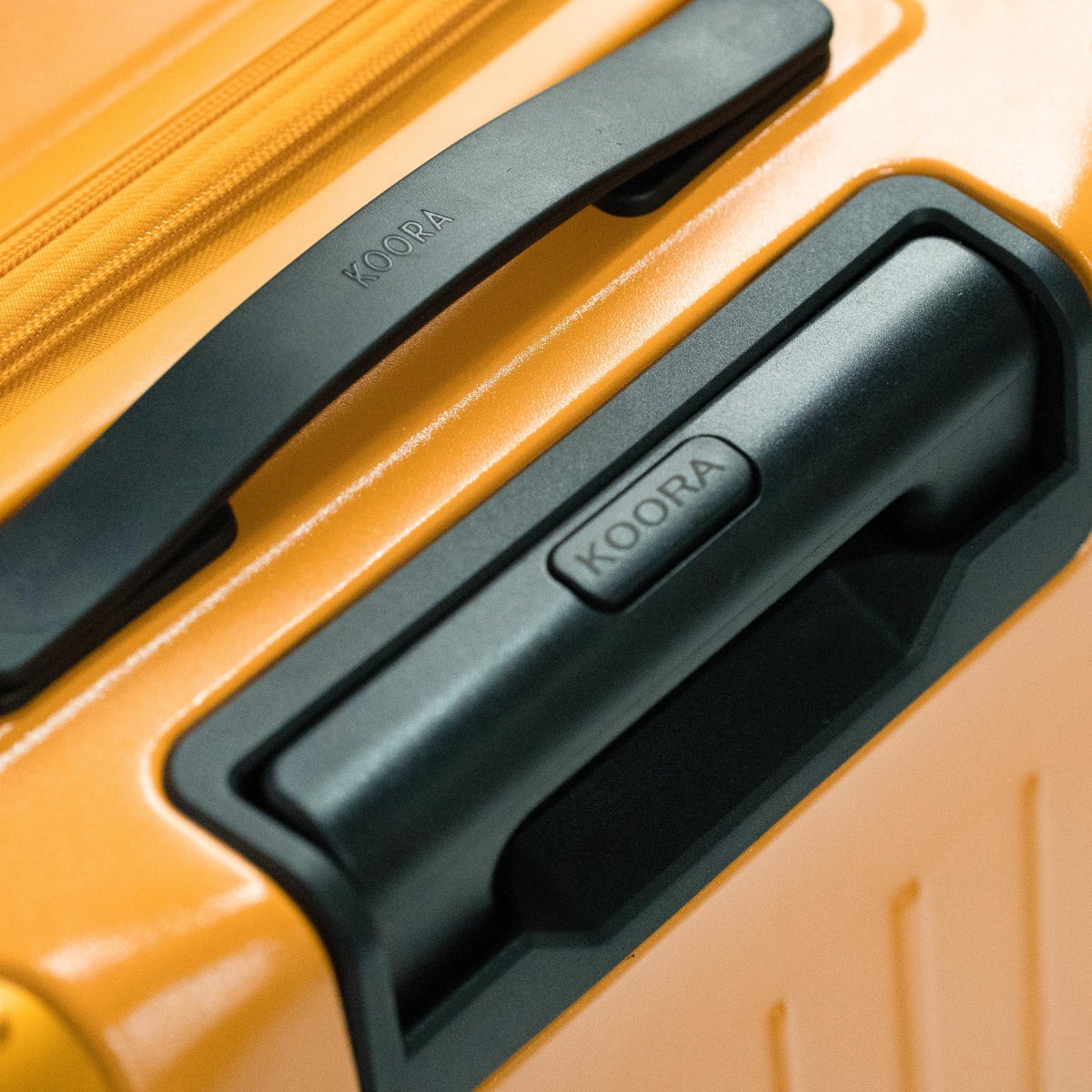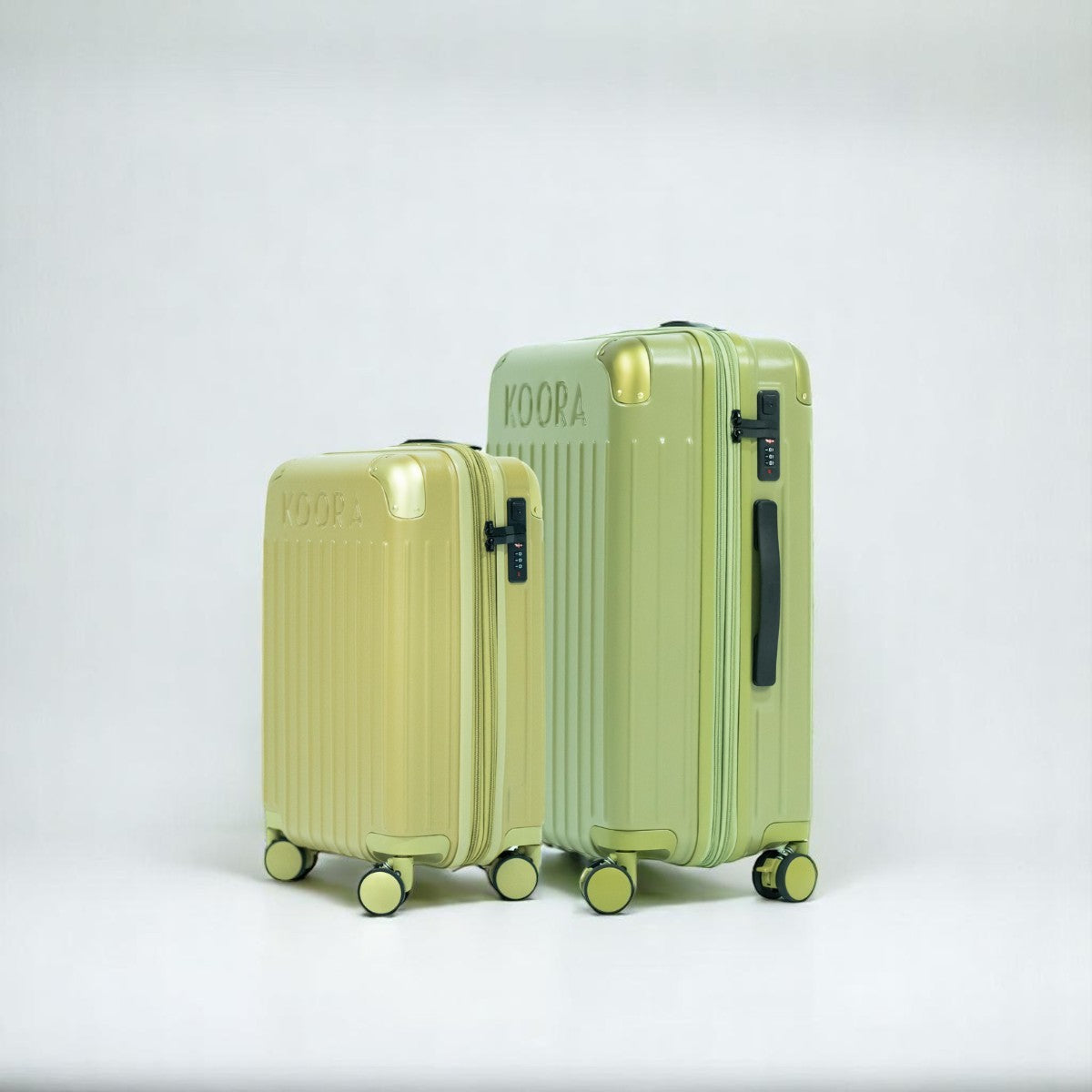
What Makes Durable Checked-In Luggage? Materials & Features Explained
After dropping off your luggage at the airport, you tender it with the hope that it will not get destroyed. There is the baggage carousel where we have all been waiting nervously, anticipating the moment when we will not find our suitcase on the belt because it has a fresh dent, a broken wheel, or worse, a busted zipper. Suitcases/Checked-in luggage endure too much. Baggage handlers dropping and throwing them around, and conveyor belts during long flights that are designed to last long without losing their glitter, are the only luggage that can endure the wear and tear of the journey.

But what is it that bodies of luggage that is so long-lasting? It does not only mean to look good on the outside. Durability of your travel bag boils down to content, design and clever features. Continuing with this, let us now discuss what makes checked-in luggage long-lasting, and how you can choose the right one for your trips.
Why Durability Matters for Checked-In Bags
Before exploring the details, let’s think about why durability is so important:
-
Protection for Your Belongings – Fragile souvenirs, electronics, and clothes need a safe space. A weak bag can put all of that at risk.
-
Value for Money – A durable suitcase might cost more upfront, but it saves you from replacing bags every year.
-
Travel Stress-Free – Nothing ruins a trip faster than a broken wheel in a busy airport. Durable luggage keeps your focus on the journey, not repairs.
-
Withstands the Rough Ride – Checked-in bags face turbulence long before the plane even takes off. The right materials and features help them survive.
The Best Materials for Durable Luggage
Durability starts with the right material. Here are the most common and reliable options used in 2025:
1. Polycarbonate
Hard-shell luggage is often made of polycarbonate. It is light, shockproof proof and has the capacity to bend without breaking rather than cracking. Since polycarbonate has a non-shatter quality, it helps to absorb any shock and keeps the contents inside your bag safe in case it is thrown or dropped.
Why it is excellent: High tensile strength, light, lightweight, Speedster look, scratch-resistant models.
Best suitable: Those who spend a lot of time doing so; heavily intense users who require robust performance.
2. Aluminium
Luggage made of aluminium reeks of elegance and strength. They are long-lasting, trendy, and they are almost unbreakable. Aluminium is the material of choice by many of the premium brands as its use imparts a sophisticated and clean look. They are, however, heavy and dented easily.
Why it is good: Very powerful, provides a lot of protection.
Best for: Business travellers or those who don’t mind extra weight for maximum strength.
3. ABS Plastic
ABS is a more affordable hard-shell option. It’s lighter and cheaper than polycarbonate but not as durable. Many budget-friendly luggage sets use ABS, sometimes mixed with polycarbonate for balance.
Why it’s great: Lightweight, affordable.
Best for: Occasional travellers who don’t need maximum durability.
4. Ballistic Nylon
Ballistic nylon is the choice of soft-shell luggage. It was created to be used in the military, and it is tear, abrasion, as well as water repellent.
Why it is good: It can be made flexible, can survive rough handling, and can be folded quite easily.
Best suited to: Travellers who are fond of soft luggage, expandable ones.
5. Recycled & Eco-Friendly Materials
Just a few years after 2025, recycled plastics and sustainable fabrics will become the norm, which Koora and other brands will follow. The surprising things are that these environmentally-friendly materials are quite tough and that one does not need to avoid strength when protecting the planet.
Why it is good: It is very light and very durable, ethically made.
Best suited to: Sustainable travellers wishing to buy guilt-free.
Features That Add Durability
Beyond the material, certain features can make or break (literally) your luggage. Here’s what to look for:
1. Strong Zippers
Zippers are one of the first things to fail on checked luggage. Look for:
-
Large, self-repairing zippers.
-
Double zippers for extra security.
-
Water-resistant zippers to protect in rain.
2. Reinforced Corners
Corners take the most impact when bags are tossed. Reinforced corners, especially on hard-shell luggage, prevent cracks and extend the bag’s life.
3. Quality Wheels
Smooth-rolling, 360-degree spinner wheels are essential. Durable wheels should be made of high-quality rubber or polyurethane, not cheap plastic that wears down fast.
4. Tough Handles
Telescopic handles should slide smoothly and lock into place. Look for aluminium handles rather than flimsy plastic ones. Side and top carry handles should also be padded and securely stitched.
5. Secure Locks
The locks should be the TSA-approved ones in cases of international travel. Their service won't cause damage to your items due to security checks that are present in the airport.
6. Water Resistance
Whether it's rain, puddles or wet runways, water is a downfall for your belongings. Long-lasting bags include a water-resistant coating applied or of materials.
7. Smart Interiors
It is not only the outside that matters in durability. Internal pressure straps, mesh partitions, and cushioned pockets keep things in their place, which saves on the weight of the bag.
Hard Shell vs. Soft Shell: Which is More Durable?
It’s a classic debate: should you choose a hard-shell or a soft-shell suitcase for durability?
-
Hard Shell (Polycarbonate/Aluminium): Offers better protection against impacts and is more water-resistant. Great for fragile items.
-
Soft Shell (Ballistic Nylon/Polyester): More flexible, can handle being squished into tight spaces, and usually lighter. However, they’re more vulnerable to sharp objects.
The winner depends on your travel style. If you carry delicate items, go for a hard shell. If you want flexibility and expandability, a soft shell may suit you better.
Tips to Extend the Life of Your Luggage
Even the most durable luggage needs care. Here’s how to make it last:
-
Don’t Overpack—Overstuffing Strains Zippers and seams.
-
Use Covers—A luggage cover can prevent scratches and scuffs.
-
Clean Regularly—Wipe down hard shells and brush soft shells after trips.
-
Check Wheels & Handles—Tighten screws or replace worn wheels before your next trip.
-
Label Your Bag—Prevent loss and rougher handling by making your bag easily identifiable.
Why Koora Gets Durability Right
Koora is one luggage brand that is distinguished from all other brands offered due to being eco-friendly and durable. Their hard-shell bags are made of recyclable materials that are strong to give them life to withstand the baggage handlers without wear and tear marks. Koora has strengthened corners, sleek wheels, TSA locks, and wonderfully created inside sections, which make it a bag that can go anywhere.
The finest? You no longer need to decide on whether to be stylish, environmental and durable. Koora manages to underpin all three.
Final Thoughts
Durable checked-in luggage is more than having that harsh appearance. It lies in the use of the right materials, including polycarbonate, aluminium or ballistic nylon, adding smart elements to the bag, including reinforced corners, top-quality wheels, and secure zippers. The dual-ity ensures your suitcase is able to withstand bumpy air travel flights, as well as protect your possessions with each trip.
In 2025, travellers will want more: power, weight and eco-friendliness. The examples of such brands include Koora and prove that long-lasting products do not necessitate their inconveniency whatsoever nor have any adverse effect on nature.
It can make you thankful that the next trip you are waiting at the baggage claim patiently waiting to see your suitcase rolling out, it is not going to disintegrate more than once. The right bag? Ok, because the beginning of a great adventure always starts with the right bag.



Leave a comment
This site is protected by hCaptcha and the hCaptcha Privacy Policy and Terms of Service apply.